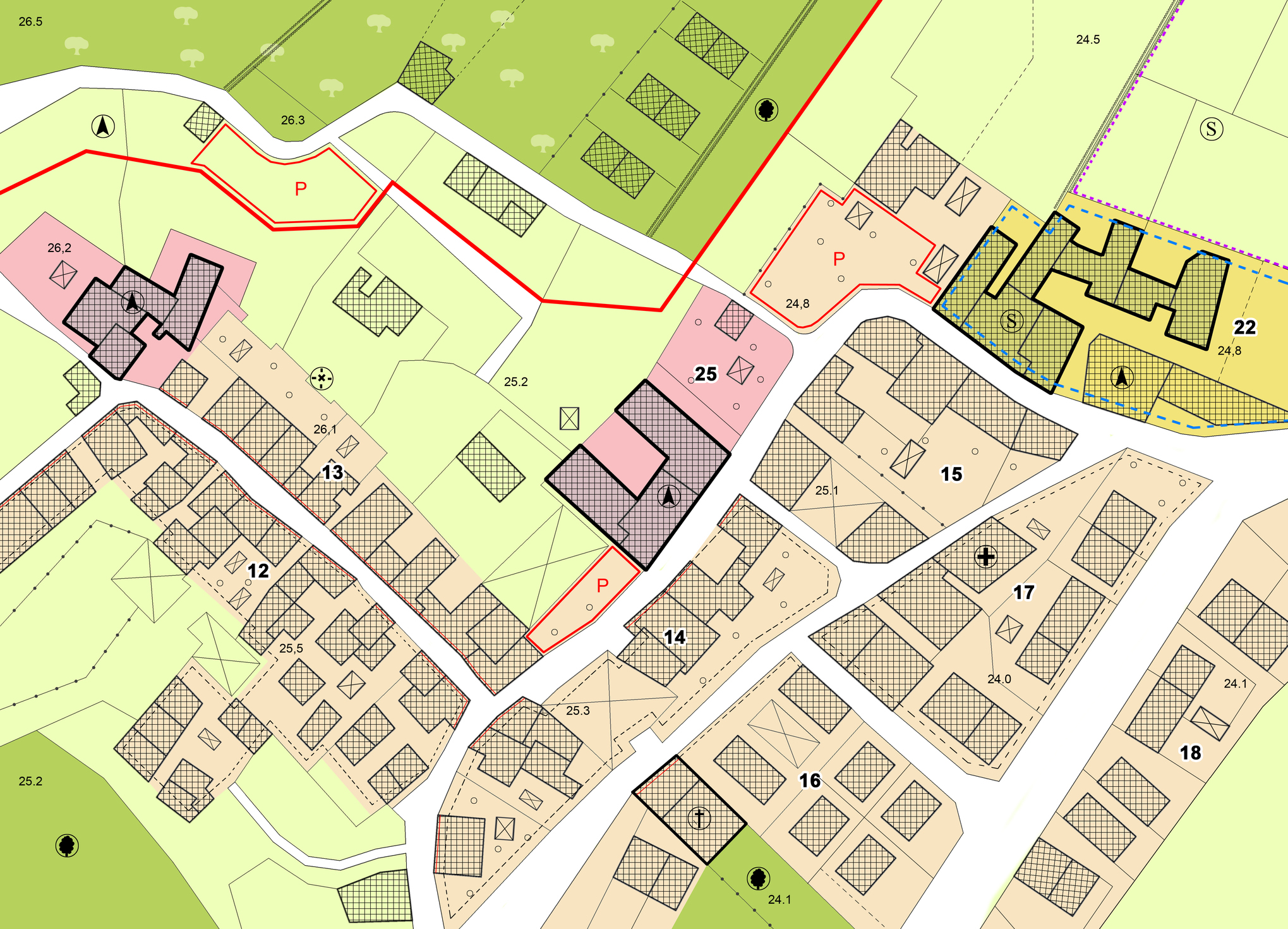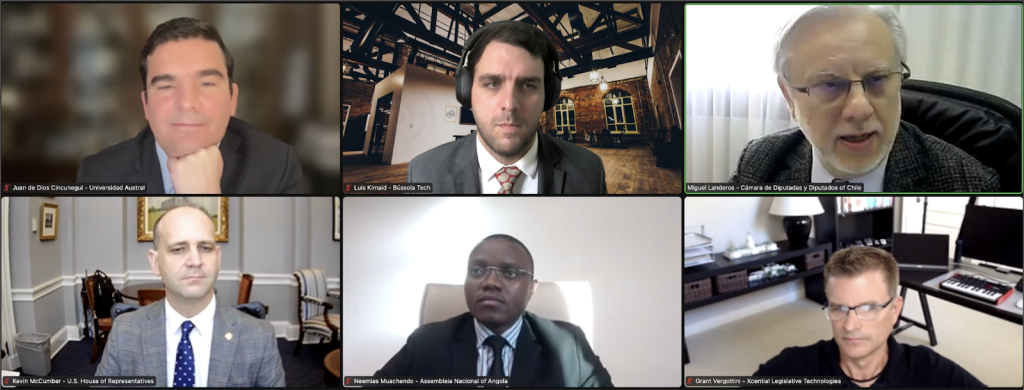Zoning ordinances in the US are changing faster than ever. And changes are coming from multiple directions.
In 2021, the Urban Land Institute (ULI) surveyed real estate developers across the United States and found that 71% had experienced zoning ordinance changes. A net increase of 14% in just 5 years.
Why?
Populations grow and decline and move. Take the example of Lincoln, California. In 2000, Lincoln had a population of 11,786 and was surrounded by farms, ranches, large family-owned parcels, creeks, and NIV. By 2022 the estimated population of Lincoln was 52,534, an increase of 344% over a 20-year period.
Lincoln is a beautiful, safe, and family-friendly community with a variety of parks, recreation options, and vibrant arts/culture scene. But rapid growth requires rapid change to zoning ordinances, and changes to other ordinances related to traffic, affordable housing, noise, etc.
Zoning ordinance changes are also responsive to climate impact concerns, equity and inclusion, and other community needs. These factors not only contribute to the volume of change, but also the complexity of changing zoning.
GIS (geographic information systems) and other technologies have impacted zoning in a positive way. They not only improve accuracy and efficiency, but they create greater transparency. They allow for better scenario planning and modeling. They add to our precision and clarity of law.
Lincoln uses GIS to develop new zoning code that is more flexible and responsive to the needs of their community. And with its Open Data Portal, GIS helps Lincoln create transparency for citizens and developers alike. Tools like General Code’s MapLink allow property owners and business owners to quickly find updated zoning information online.
Population growth, changing economies, environmental concerns, equity and inclusion, and new technologies together create a pace of change that can feel overwhelming for attorneys and clerks tasked with drafting ordinances that keep pace.
Technology is the answer to scaling volume and complexity of zoning ordinances. LegisWeb is a tool that creates organization and reduces the hours required to format ordinances and amending ordinances which are often very complex.
Purpose-built for growing cities, towns, and counties, LegisWeb lets planners, attorneys, and clerks focus on consensus, precision and clarity of ordinance language instead of efficiency-draining formatting.



